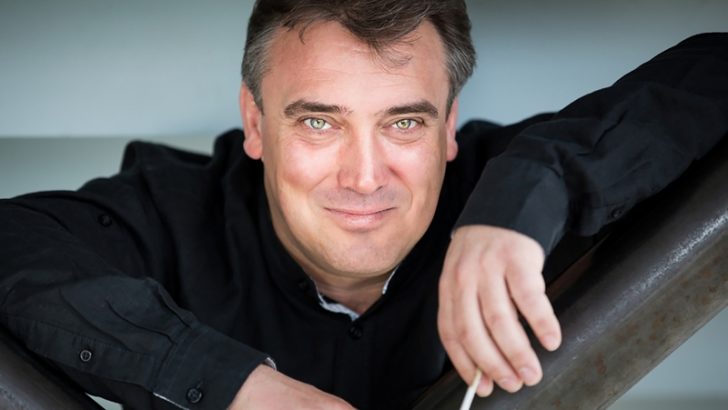There are plans afoot to move the National Symphony Orchestra away from RTÉ and bring it under the aegis of the National Concert Hall. While the proposed transfer may be causing anxieties to the musicians involved, these concerns are certainly not affecting the standard of their playing. With the 2019/20 season in full swing, the concerts I have attended have been particularly satisfying.
The series has seen Spaniard Jaime Martín on the podium for the first time as principal conductor. He chose a single work for his debut – Mahler’s sprawling 3rd Symphony. The NSO, joined by mezzo Jennifer Johnston, RTÉ’s Cór na nÓg and the ladies of its Philharmonic Choir, rose to the occasion superbly under Maestro Martín’s controlled direction.
Intriguingly, the conductor placed the cellos and double basses stage right, between the first violins and violas, and had the second violins repositioned to where the cellos usually sit. The change gave a more coherent balance to the intricacies of Mahler’s string writing. It will be interesting to see if Señor Martín continues this arrangement.
If I consider the long opening movement brash and banal with its military marches and fanfares, it is not without inherent delicacy and refinement. Later Jennifer Johnston revealed the serenity lying in Mahler’s setting of the ‘Midnight Song’ from Nietzsche’s Also sprach Zarathustra.
The penultimate movement also had an element of angelic purity where the composer’s inspiration came from the folk poems and music of the anthology Des Knaben Wunderhorn (Youths’ Magic Horn). Here and elsewhere there was marvellous expression in the NSO’s performance.
The season so far had two concerts under chief guest conductor Nathalie Stutzmann. The first included Richard Strauss’ tone poem Also sprach Zarathustra, which, like Mahler, has its origins in Nietzsche. The score was used in Stanley Kubrick’s 1968 classic 2001 – a Space Odyssey. Again like Mahler, the music may be a little uncouth at times but is not without compensatory beauty. In a beguiling account of Beethoven’s 4th Piano Concerto, Madame Stutzmann’s soloist was Moscow-born Boris Giltburg.
Her soloist the following week was 18-year old Stockholm-born violinist Daniel Lozakovich. His spellbinding account of Bruch’s G minor Concerto transported the audience into another world by the sheer beauty of his tone and positively musical phrasing.
Among other international visitors came conductors Leonard Slatkin, John Wilson and Eugene Tzigane. Slatkin had with him Chinese pianist Xiayin Wang for Barber’s Concerto of 1962. Finding the lyrical sensitivity in the central Canzone, Ms Wang’s outer movements bristled with panache.
Russian-born Alena Baeva joined John Wilson for Schumann’s rarely heard, and rather dull, Violin Concerto. “In order to safeguard Schumann’s reputation”, both Frau Schumann and Brahms decided to suppress the piece. Despite Ms Baeva’s committed dedication, I felt they had the right idea. Wilson’s uplifting interpretation of Dvorák’s 8th Symphony was much more to my liking.
The only work in Eugene Tzigane’s concert was Mahler 9th Symphony. Again, it found the NSO in excellent form in music ranging from the idyllic to the tempestuous. The concluding adagio had the strings hauntingly elegiac as it wafted into the silent beyond.


 Jaime Martin
Photo: RTE
Jaime Martin
Photo: RTE